Jiyou Chen
Exposing Deepfake Face Forgeries with Guided Residuals
May 02, 2022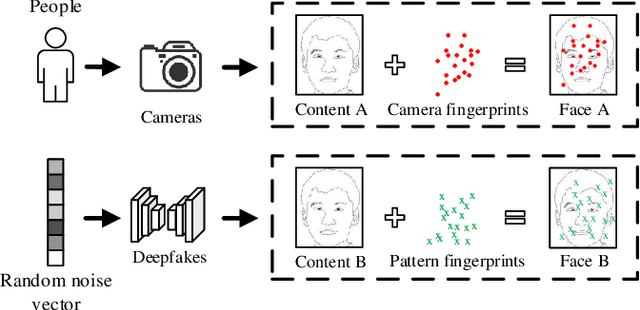
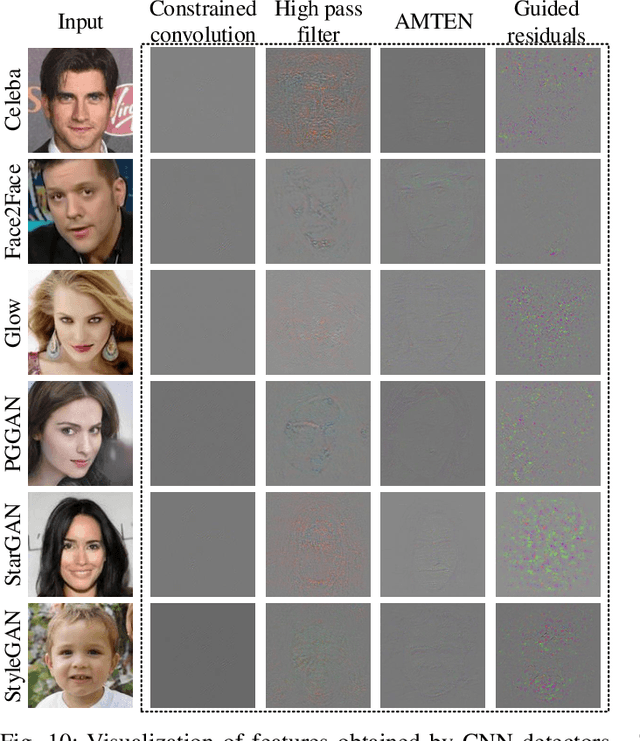

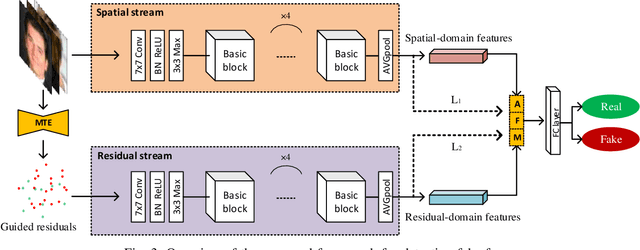
Abstract:Residual-domain feature is very useful for Deepfake detection because it suppresses irrelevant content features and preserves key manipulation traces. However, inappropriate residual prediction will bring side effects on detection accuracy. In addition, residual-domain features are easily affected by image operations such as compression. Most existing works exploit either spatial-domain features or residual-domain features, while neglecting that two types of features are mutually correlated. In this paper, we propose a guided residuals network, namely GRnet, which fuses spatial-domain and residual-domain features in a mutually reinforcing way, to expose face images generated by Deepfake. Different from existing prediction based residual extraction methods, we propose a manipulation trace extractor (MTE) to directly remove the content features and preserve manipulation traces. MTE is a fine-grained method that can avoid the potential bias caused by inappropriate prediction. Moreover, an attention fusion mechanism (AFM) is designed to selectively emphasize feature channel maps and adaptively allocate the weights for two streams. The experimental results show that the proposed GRnet achieves better performances than the state-of-the-art works on four public fake face datasets including HFF, FaceForensics++, DFDC and Celeb-DF. Especially, GRnet achieves an average accuracy of 97.72% on the HFF dataset, which is at least 5.25% higher than the existing works.
Fake Face Detection via Adaptive Residuals Extraction Network
May 11, 2020
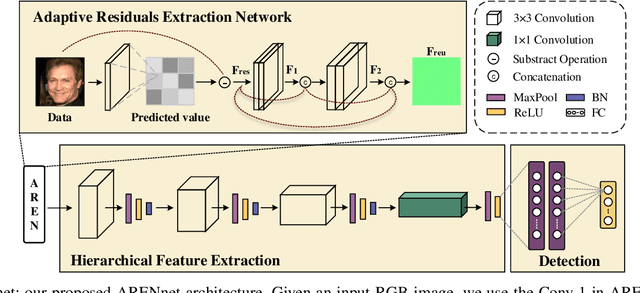

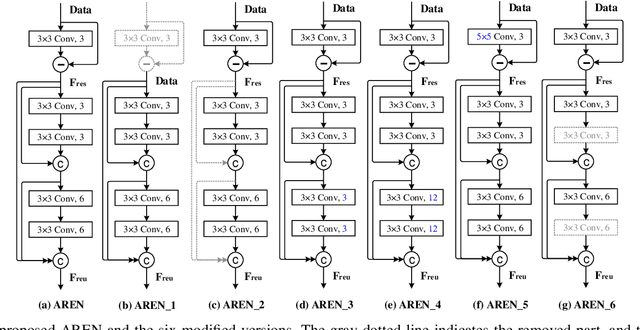
Abstract:With the proliferation of face image manipulation (FIM) techniques such as Face2Face and Deepfake, more fake face images are spreading over the internet, which brings serious challenges to public confidence. Face image forgery detection has made considerable progresses in exposing specific FIM, but it is still in scarcity of a robust fake face detector to expose face image forgeries under complex scenarios. Due to the relatively fixed structure, convolutional neural network (CNN) tends to learn image content representations. However, CNN should learn subtle tampering artifacts for image forensics tasks. We propose an adaptive residuals extraction network (AREN), which serves as pre-processing to suppress image content and highlight tampering artifacts. AREN exploits an adaptive convolution layer to predict image residuals, which are reused in subsequent layers to maximize manipulation artifacts by updating weights during the back-propagation pass. A fake face detector, namely ARENnet, is constructed by integrating AREN with CNN. Experimental results prove that the proposed AREN achieves desirable pre-processing. When detecting fake face images generated by various FIM techniques, ARENnet achieves an average accuracy up to 98.52%, which outperforms the state-of-the-art works. When detecting face images with unknown post-processing operations, the detector also achieves an average accuracy of 95.17%.
 Add to Chrome
Add to Chrome Add to Firefox
Add to Firefox Add to Edge
Add to Edge